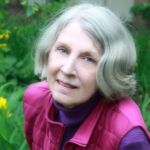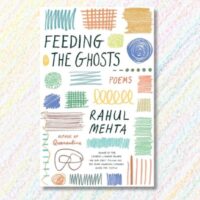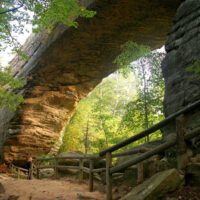In my family, summer reading was a vacation, compliments of the local library’s program for kids. I trekked there every morning, came home with a stack of books, and spent much of the day reading. At night, I wrote a summary of each book I finished, a requirement of the process.
When I was 10, I read 177 books. Despite the dizzying total, I came in second in my age group. Nevertheless, I received a prize for my efforts.
The award? Another book of course. “Sally Saucer” by Edna S. Weiss.
Today, most of us do not have endless hours for summer reading, but we set goals and strive to achieve them anyway.
According to Study Finds, a recent survey of 2,000 U.S. respondents, 56 percent read at least one “serious” book in the summer.
Lists abound, rife with suggestions. Emily Temple claims to have devised the Ultimate Summer Reading List, by searching 35 that fall into the category of Most Anticipated Books of Summer/Best Summer Reads. From those 548 titles, Temple counted how many times each was mentioned and collated that information into one handy menu.
Colson Whitehead and Ann Patchett top the chart, with other familiar names peppered throughout. Isabel Allende, Lorrie Moore, Richard Ford, and Curtis Sittenfeld made the cut, with an array of other names, some familiar and others not so much.
Of course, there are countless master works that should have been read years ago. From Jane Austen to Charles Dickens, Toni Morrison to Fyodor Dostoevsky, and too many others to name, there are classics to consider for summer reading. Penguin polled their readers to create a list of old faves, as has Goodreads. “Pride and Prejudice,” “Moby Dick” and “To Kill a Mockingbird” earn frequent mention, while some selections are lesser known.
The number of options is staggering.
Since making lists, akin to New Year resolutions, reminds me that I tend to over-estimate my time and energy, I am reading one book at a time this summer. Having just completed “The Book Woman’s Daughter” by Kentuckian Kim Michele Richardson, I am pleased to suggest that you consider adding it to your stack of seasonal reading matter.
The novel is set in the 1950s, in the rugged landscape of Appalachia. The story chronicles the challenges confronting Honey Lovett, daughter of the revered blue-skinned Troublesome Creek packhorse librarian Cussy Mary Lovett.
Honey and her family have been hiding from the law because the parents are guilty of interracial marriage. When they are imprisoned for their “crime,” Honey flees to avoid being sent to a children’s prison, where she will be forced to wear leg chains and work at hard labor until she is 21.
Kentucky law declared she could legally marry at 12 but Honey could not be emancipated, even though she had a job and a place to live. Determined to take care of herself, she refuses an offer of marriage that would save her from prison but restrict her in other ways that did not suit her.
Honey is hired to cover her mother’s former Pack Horse library route, and she delights in delivering books throughout the remote hills and hollers of Appalachia. As she begins to make friends with other young women who are working for a living, Honey learns more about herself and develops more self-confidence. Determined to do the right thing, when Honey encounters a young mother who yearns for books to read, she complies. As a result, the woman’s abusive husband makes his wife pay for her interest and poses a deadly threat to Honey.
“The Book Woman’s Daughter” explores aspects of Kentucky history that may not be widely known, including forced labor of imprisoned children. When Honey’s mother is imprisoned, she is subjected to forced sterilization, a practice of the American Eugenics movement. Readers learn about women who valued their independence and worked at jobs that were usually reserved for men.
Honey befriends one woman who is a paid fire tower lookout and another who is a coal miner. There are references to the Frontier Nurses who were a connection to health care for folks who lived in remote parts of the region, and explanation of the Melungeon genes that cast a blueish tint on Honey’s skin.
A delightful aspect of the story is that two animals — a rooster and a donkey — play key roles in the plot. Besides that charm, there are scenes of danger and savagery that keep readers riveted. The final chapter of the book is a courtroom drama worthy of the big screen. We are kept in suspense until the very end.
After the end of the book, author Kim Michele Richardson provides background information that includes historic resources such as images of the Pack Horse library, Frontier Nurses, women in coal mining, etc.
Kentucky Humanities selected “The Book Woman’s Daughter” for its Kentucky Reads program in 2023. Any nonprofit organization in Kentucky can host this program, including libraries, historical societies, churches, prisons, veterans’ groups, museums, book clubs, etc. The booking fee is only $50, with Kentucky Humanities supplementing the remaining cost. Each host organization is provided with 15 copies of the book to share among participating members. Publicity materials are also available. For more information, contact Kentucky Humanities
Programs are awarded on a first-come first-served basis and must take during 2023.
A discussion guide is also available. Kentucky Humanities is located at 206 E. Maxwell St. in Lexington. The phone number is 859-257-5932.
Constance Alexander is one of the facilitators provided through Kentucky Humanities for Kentucky Reads.






